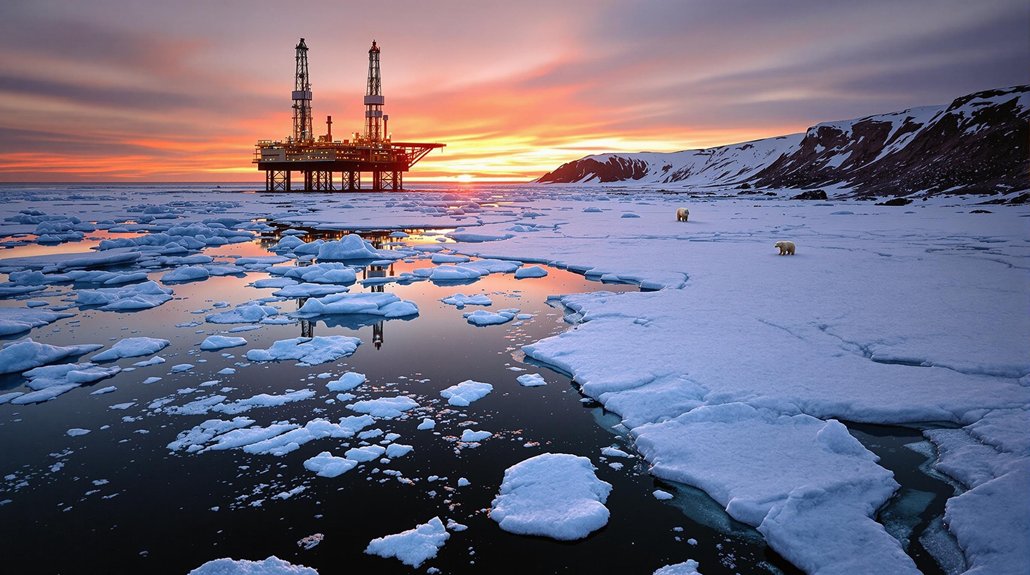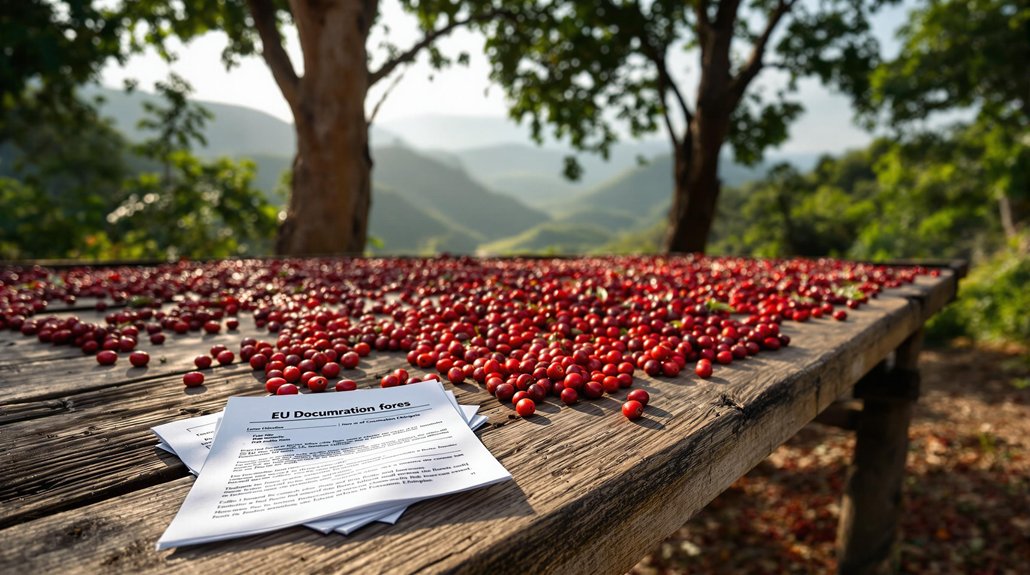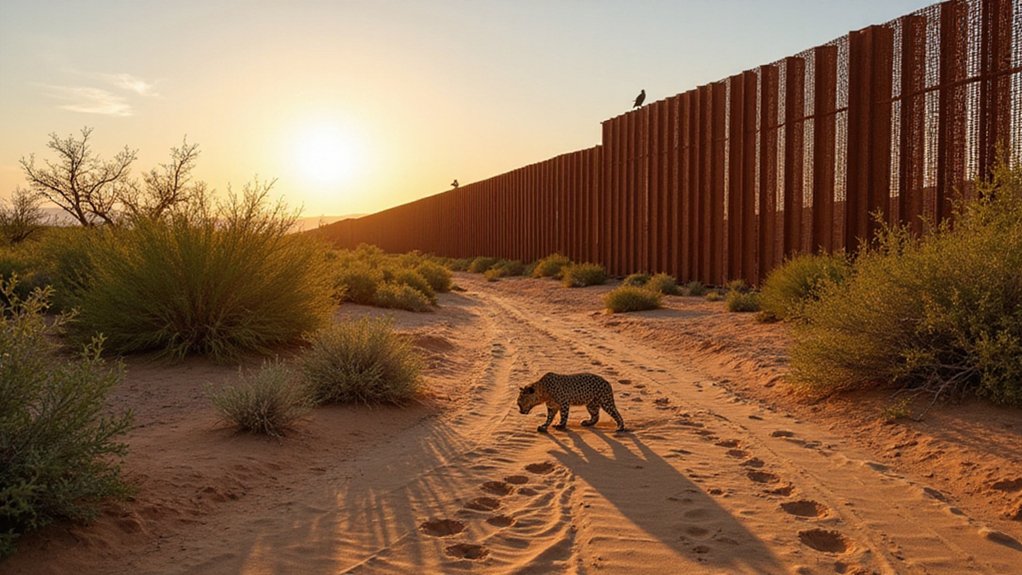Arctic resource extraction represents a high-stakes gamble. The region holds 22% of Earth’s undiscovered oil and gas, but at what cost? Indigenous communities watch ancestral lands morph into industrial zones. Environmental impacts could be catastrophic—oil spills in fragile ecosystems are nearly impossible to clean up. Meanwhile, nations preach climate action while scrambling for fossil fuels. It’s the ultimate hypocrisy. Arctic drilling isn’t just technically challenging; it’s Earth’s final pristine frontier on the chopping block.
While the world scrambles for resources, the Arctic has become the ultimate cold war—but not the political kind. This frozen wilderness holds a staggering 22% of Earth’s undiscovered oil and gas, about 412 billion barrels worth. Not bad for a giant ice cube. As sea ice recedes, everyone’s suddenly interested in what lies beneath. Funny how that works.
The stakes are enormous. Nearly a quarter of all undiscovered global resources sit locked in Arctic permafrost and seabed. Oil, gas, coal, critical minerals—the whole treasure chest. Countries are racing for position like it’s the last slice of pizza. Russia’s Prirazlomnaya platform and Norway’s Goliat represent the vanguard of this new gold rush, pumping crude since 2013. The catch? Arctic oil needs prices around $78.60 per barrel just to break even. Expensive stuff. The Arctic is warming four times faster than the rest of the planet, accelerating new opportunities for resource access.
Meanwhile, the environmental toll is brutal. Extraction threatens delicate ecosystems already struggling with climate change. Oil spills here? Catastrophic. The harsh climate and remote locations make cleanup nearly impossible. Permafrost thaws, habitats disappear, biodiversity suffers. This form of habitat loss becomes a primary driver of wildlife extinction, similar to threats identified in other fragile biomes. Recovery from these injuries takes decades—if it happens at all.
Local communities face the harshest impacts. Indigenous peoples watch as their ancestral lands transform into industrial zones. Traditional hunting grounds? Gone. Cultural practices? Threatened. Consultation with these communities? Often just a checkbox on a corporate form.
The geopolitical dimension adds another layer of complexity. Arctic nations—Russia, Norway, U.S., Canada—jockey for position while simultaneously claiming environmental concern. Talk about cognitive dissonance. All signed the Paris Agreement but seem keen to extract the very fuels driving climate change. The Arctic currently supplies 10% of oil and 25% of natural gas to global markets, highlighting its strategic importance in the energy landscape.
The technical challenges are immense too. Extreme cold, unpredictable ice, limited infrastructure. Everything costs more here. Everything breaks more easily. Everything carries more risk.
Arctic resource extraction represents humanity’s ultimate gamble—risking Earth’s last pristine frontier for resources that, ironically, accelerate its destruction. Some bargain.
References
- https://ace-usa.org/blog/research/research-environmental-policy/understanding-critical-resource-extraction-in-the-arctic/
- https://arctic.review/future/natural-resources/
- https://www.thearcticinstitute.org/the-arctic-institute-arctic-extractivism-series-2024-introduction/
- https://www.sciencedirect.com/science/article/pii/S0921800921003062
- https://en.wikipedia.org/wiki/Arctic_resources_race








